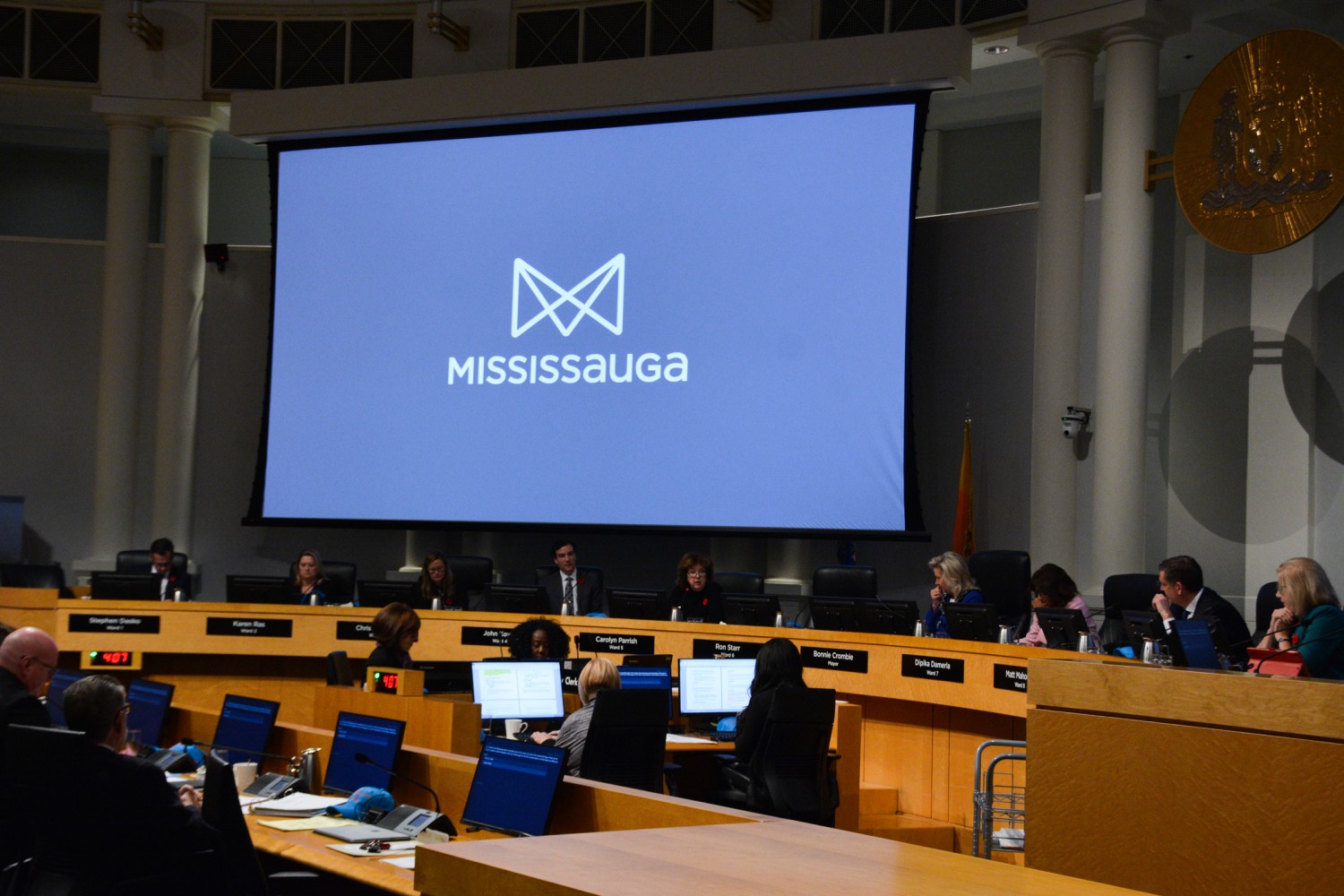
Back to the drawing board, again: Mississauga defers debate on ward boundaries
Seeking to gain an early start on the complicated and contentious task of re-jigging the boundaries of Mississauga’s 11 council wards ahead of the next municipal election, city planning staff were directed to prepare an extensive report outlining three distinct scenarios for redrawing the electoral map for councillors to debate and vote on.
There was only one problem: few sitting councillors saw the merit in carrying out the work at this time.
“This is not the time and we have a lot on our plate,” said Dipika Damerla, who represents the biggest ward in the city, Ward 7, whose population currently sits at 80,700, more than 20 per cent the city average.
Meanwhile, Ward 6 has 78,100 and Ward 5 has 79,200, according to city data. The smallest wards include Ward 1 with just 42,500 residents and Ward 2, home to 47,500 people. This significant difference impacts the extent to which resident complaints can be heeded, alongside the number of votes needed for councillors to get elected across Mississauga.
The naysayers’ chief contention, which was expressed on several occasions during the debate, was that it’s way too early to consider a change to the existing boundaries without taking into account the tens of thousands of new residents projected to make Mississauga their home once mega developments, like the just-announced Square One 52-hectare project, are completed.
“It’s all quite premature,” said Ward 8 Councillor Matt Mahoney about the report, which was debated and ultimately deferred another six weeks at the council meeting on Jan. 29.
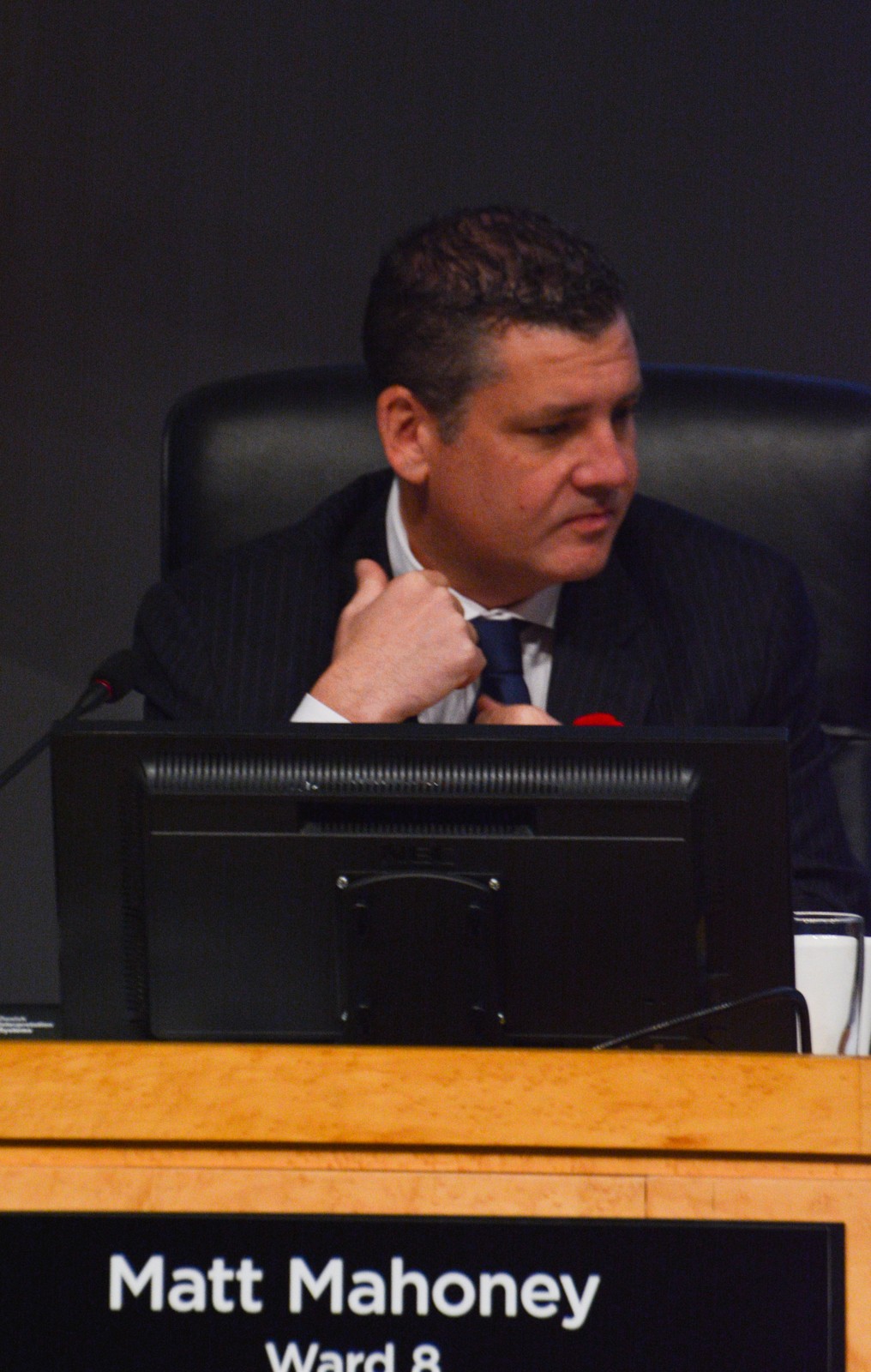
Ward 8 Councillor Matt Mahoney
Staff’s rationale for kickstarting the conversation about ward boundaries now is to be in a position to satisfy a provincial deadline. By the end of 2021, the city is required to have any ward changes approved and a new city bylaw in effect if it wants these changes to be factored into the subsequent year’s municipal election. The timeline also takes into account a potential for an appeal to the provincial Local Planning and Appeals Tribunal (LPAT) to contest any changes.
Contentious battles over ward boundaries have long been a staple of Mississauga politics, going back decades.
Newspaper clippings dating back to 1991 made the rounds on Twitter depicting showdowns between councillors on the issue, some of whom sit on council today.
According to the city's website, "Mississauga is good at growing. Not long ago, the City of Mississauga was a collection of small communities spread over a largely rural area. In the last 30 years, the City has more than quadrupled its population from 172,000 people to more than 770,000 today."
Local population growth has proven to be unequal, and far from the city’s preference of having all of its wards within 10 percent of the average ward population size of 65,600. In turn, the argument for redistributing ward boundaries would help the city achieve this goal in a more equitable manner. At the moment, only four wards are at an acceptable variance and that imbalance is expected to grow ever wider by 2030.
“Given the existing variances from the average, and that these variances are often forecast to grow larger, a review of the ward boundaries is reasonable,” states the report.
After planning staff were given the green light to proceed last year, three scenarios were recommended for council to endorse before giving the public a chance to weigh in, as required by provincial law. The hope was to report back to council in the spring on public input into the new boundaries.
The scenarios ranged from slight tweaks to existing boundaries to a major overhaul.
Perhaps the most notable change outlined in the first scenario was shifting Ward 1 and 2, with the smallest populations, north into Ward 7, dropping its population in the process.
Aligning the wards to the boundaries of single neighbourhoods, like Cooksville, the second proposed scenario would result in getting the highest level of variance within 15 percent of the average population size, as well as unify areas where there is high growth.
The final scenario is much more ambitious in scope, proposing to get 9 wards to the acceptable variance, drastically reducing the populations of larger wards. One notable impact would see Ninth Line communities between two wards, 9 and 10.
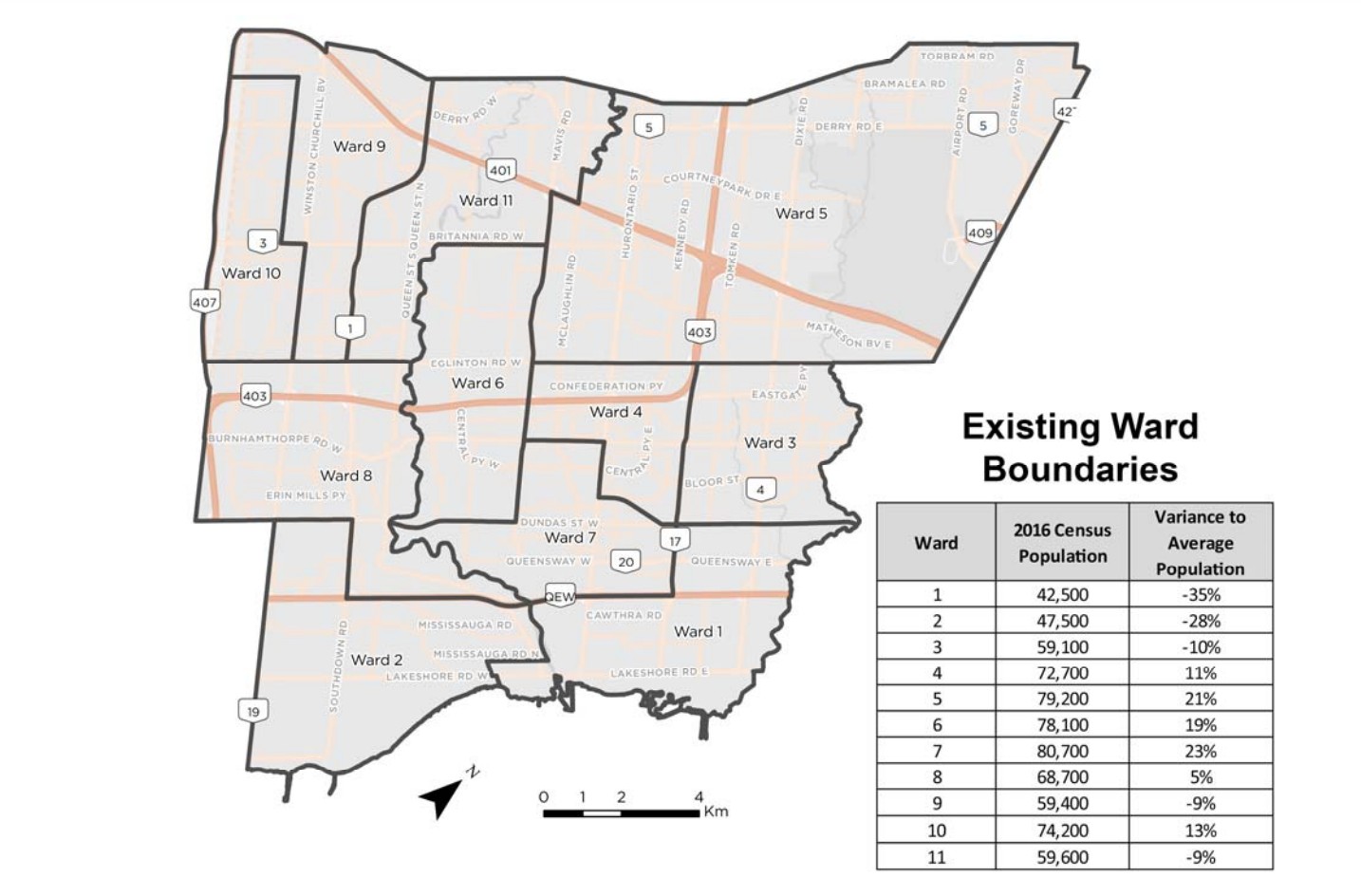
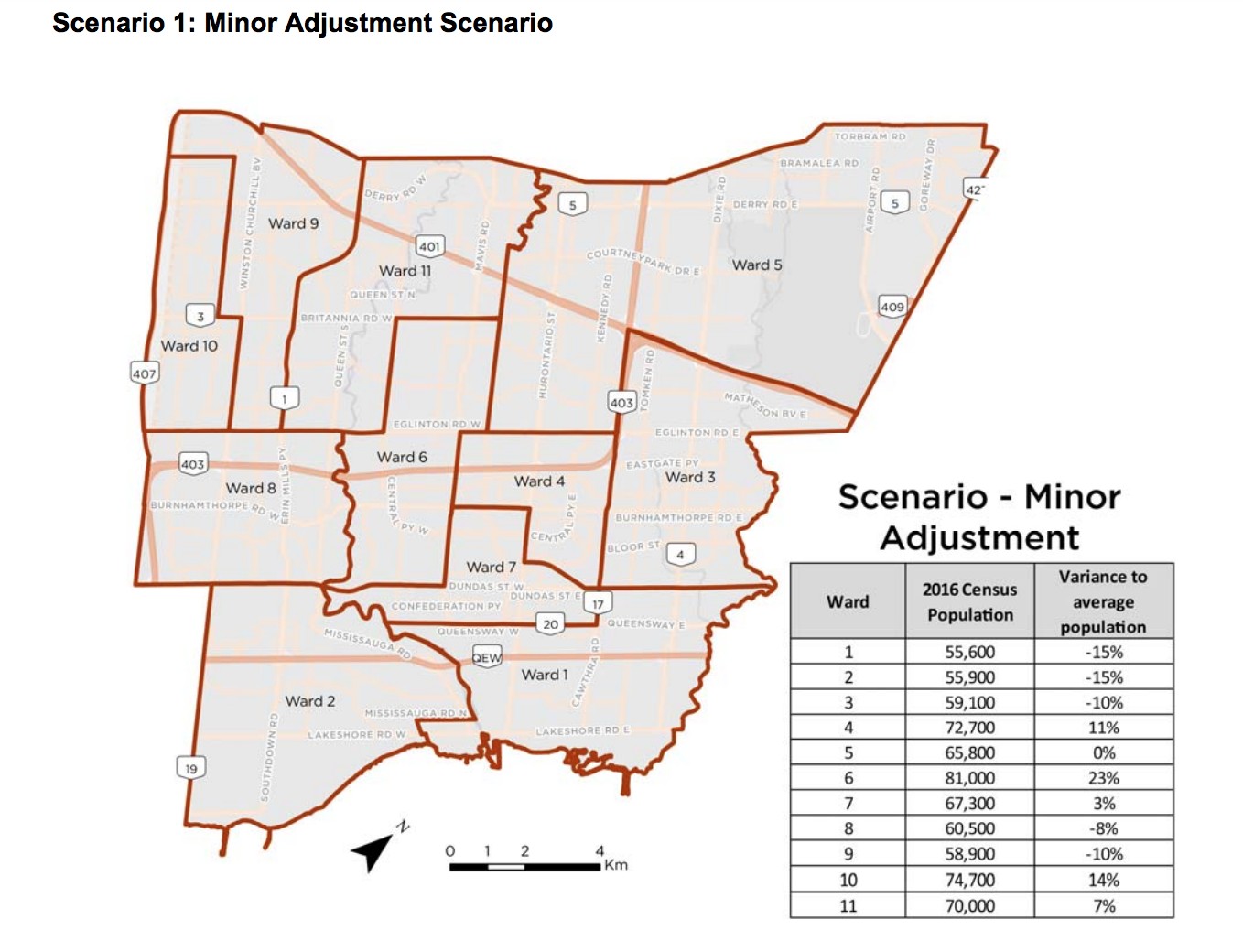
But there was one option staff didn’t look at, since it hadn’t been directed to, that many councillors now say they want to see: the impact of an additional ward on the council map.
Ward 9 Councillor Pat Saito, who is strongly opposed to the proposed scenarios, introduced a motion to “receive” the report, that is to kill it, and instead direct staff to use the same scenarios, by populations, neighbourhoods and communities, but this time with a twelfth council ward added to the map.
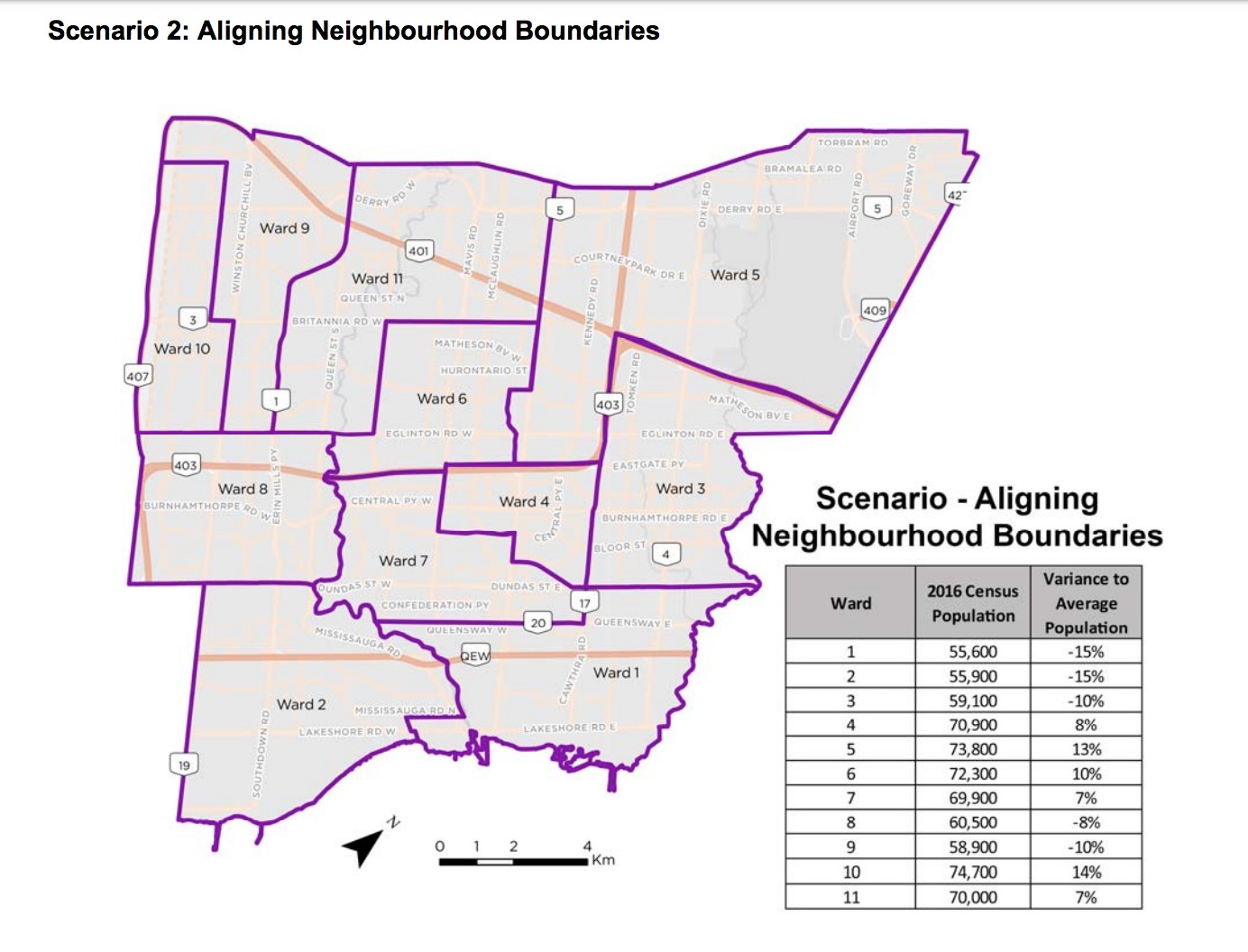
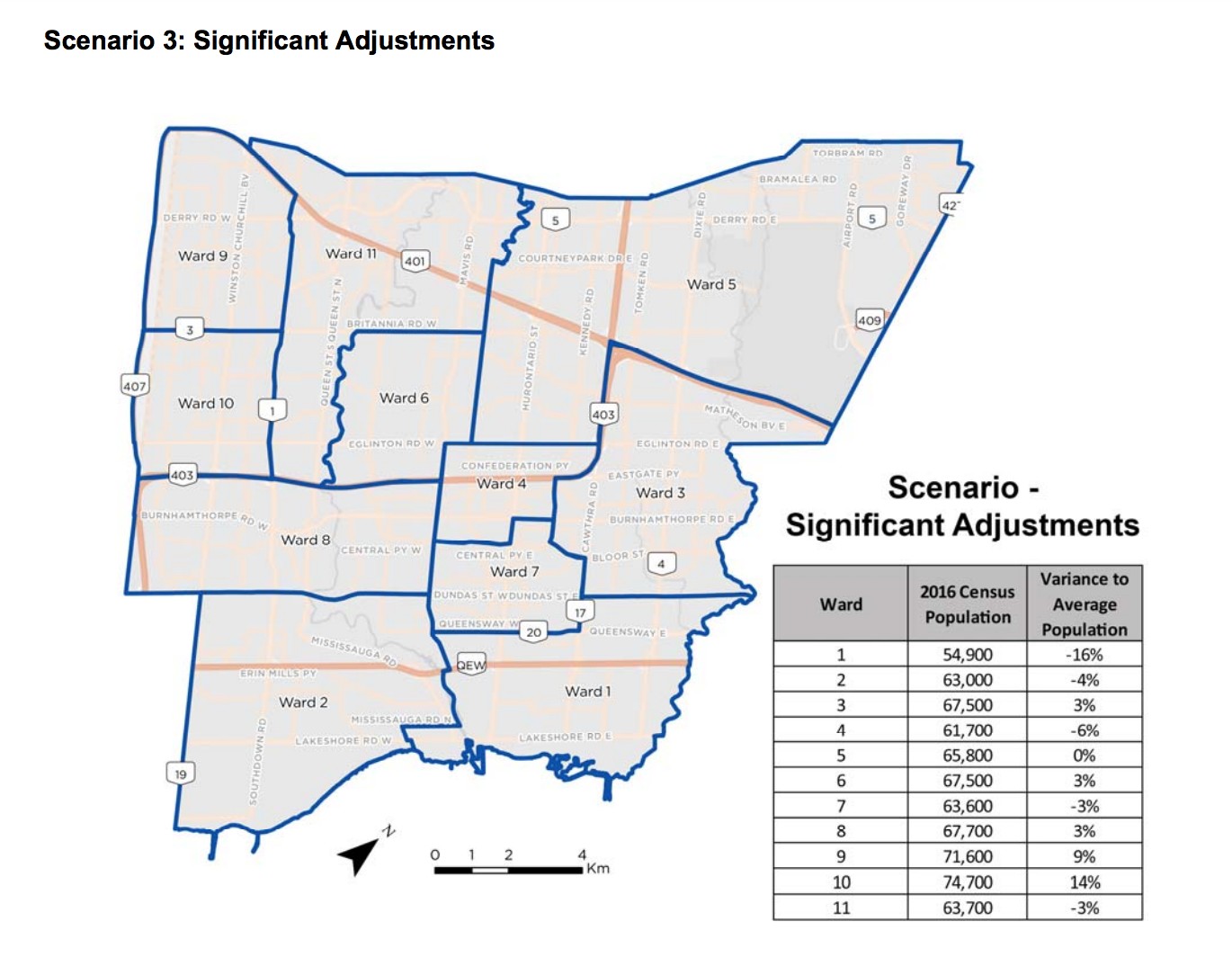
“[Ward redistribution] is not going to work for the long-term,” said Saito, who is not planning to run for re-election in 2022. “I think it would be a waste of time, it’s tinkering. We’re going to need to look at another ward anyway so let’s do it now and not waste staff time.”
Saito’s motion passed narrowly 6-4. One of the chief objectors was Mayor Bonnie Crombie who voted against it.
Despite agreeing with Saito on examining the impact of another council seat on the proposed boundaries, Crombie said she couldn’t support the motion since public input will factor heavily into the final decision of council on the matter. Rather, Crombie urged her colleagues to pick the most desirable scenarios, as well as direct staff to research the additional council seat option.
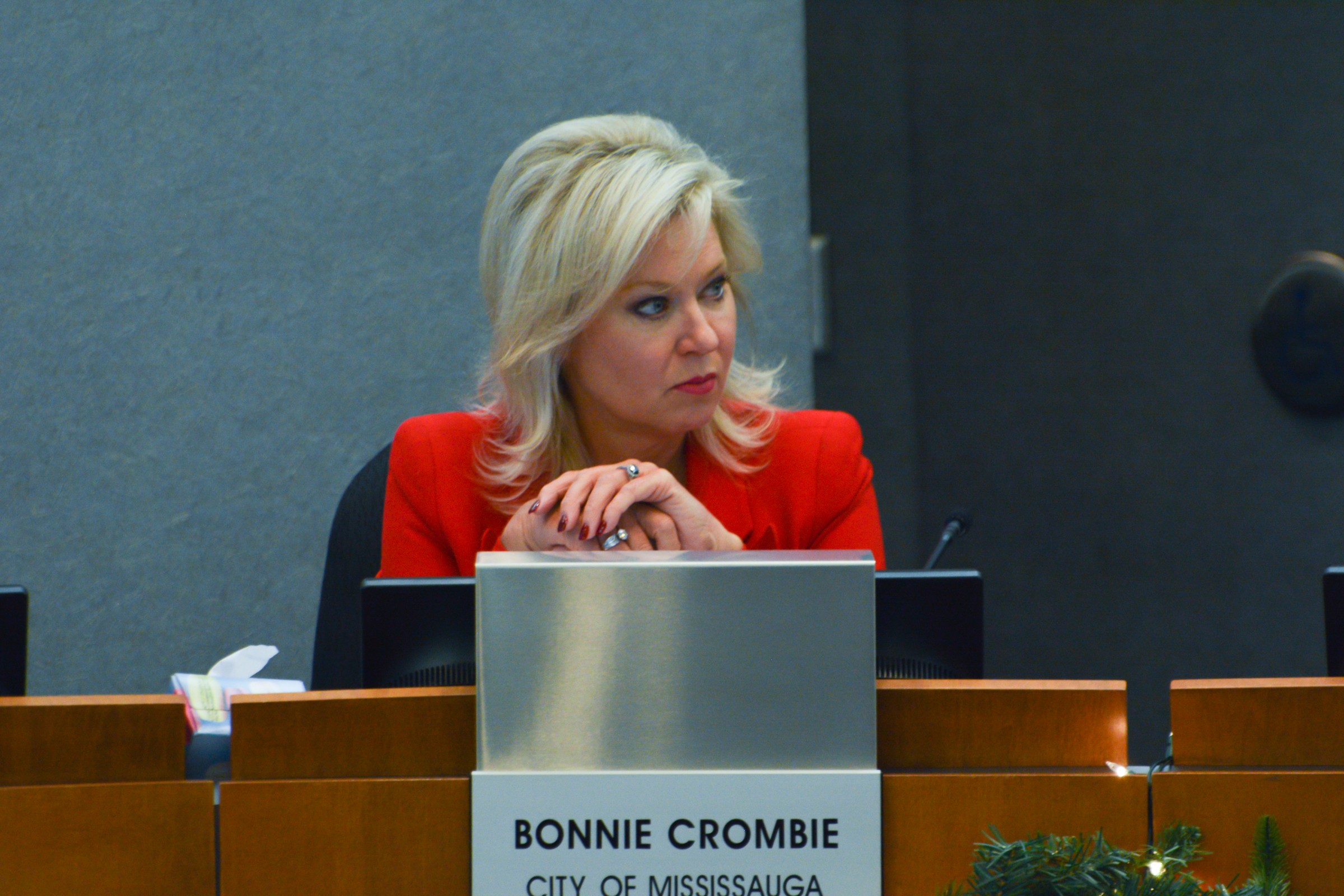
Mississauga Mayor Bonnie Crombie
Another consideration, according to Crombie, is being mindful of a sizable potential barrier in the form of the province, which could object to the plan of adding another councillor.
While the province can’t do anything to stop the city from adding that extra seat, to get the same representation at the regional level does require the consent of Queen’s Park, something Crombie was not confident would be granted.
Crombie’s hesitation could only have been underscored by Premier Doug Ford’s 2018 decision — which occurred just after his election — to chop Toronto’s municipal representation, without prior consultation or warning, seemingly snapping his fingers and willing away half of the city’s seats. At the time, Toronto had only recently completed its own lengthy ward boundaries review and had approved adding three additional seats, under the rationale these seats should be aligned with provincial and federal counts.
“While I am not opposed to the idea of studying multiple options, I know that adding additional politicians is not something that is viewed favourably by this provincial government and our Council has been on the record in the past as saying we are fine with maintaining 11 councillors, plus the Mayor,” Crombie told the Pointer over email after the meeting.
“Unfortunately, the legislation requires that council make a decision on their own ward boundaries, which puts us in a difficult position.”
Staff will come back in six weeks with input on one additional seat, which likely means the matter will be revisited at the Committee’s March meeting.
-with files from Isaac Callan
Email: [email protected]
Twitter: @RG_Reporter
Tel: 647-998-3514
Submit a correction about this story


